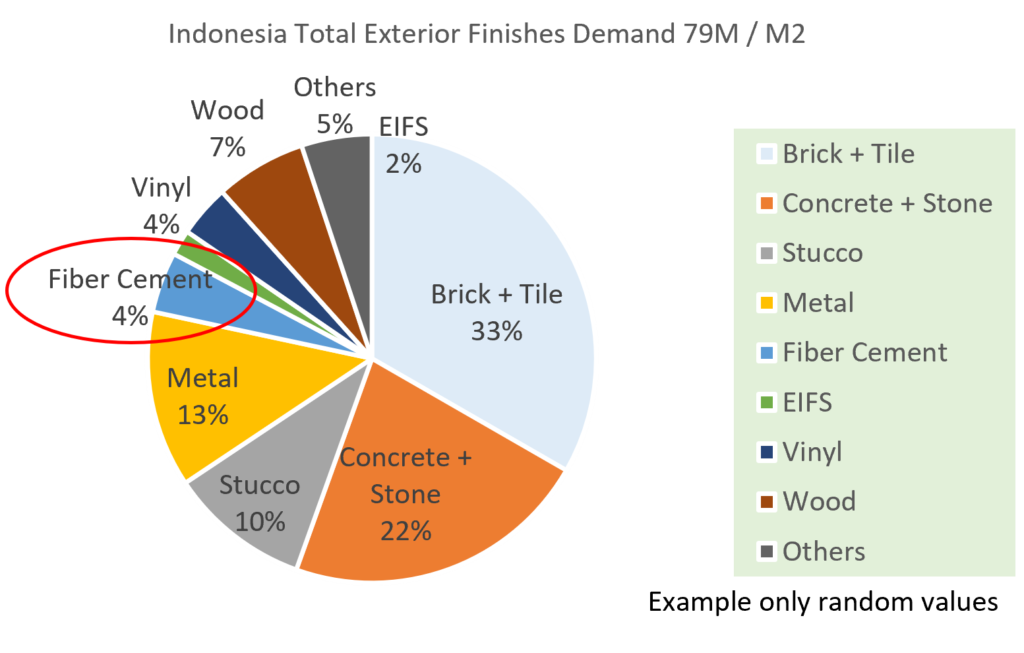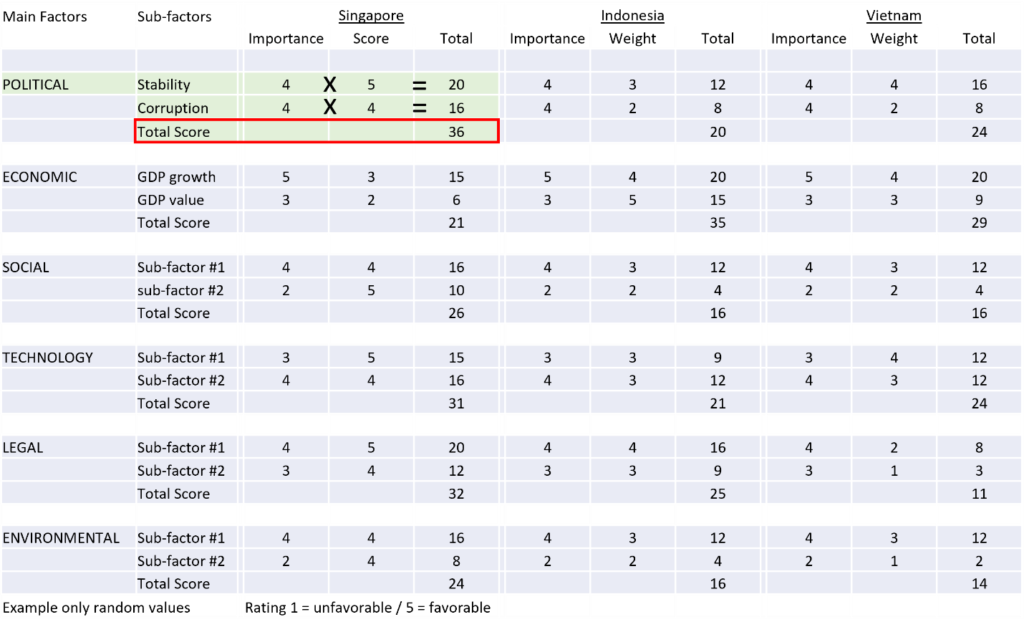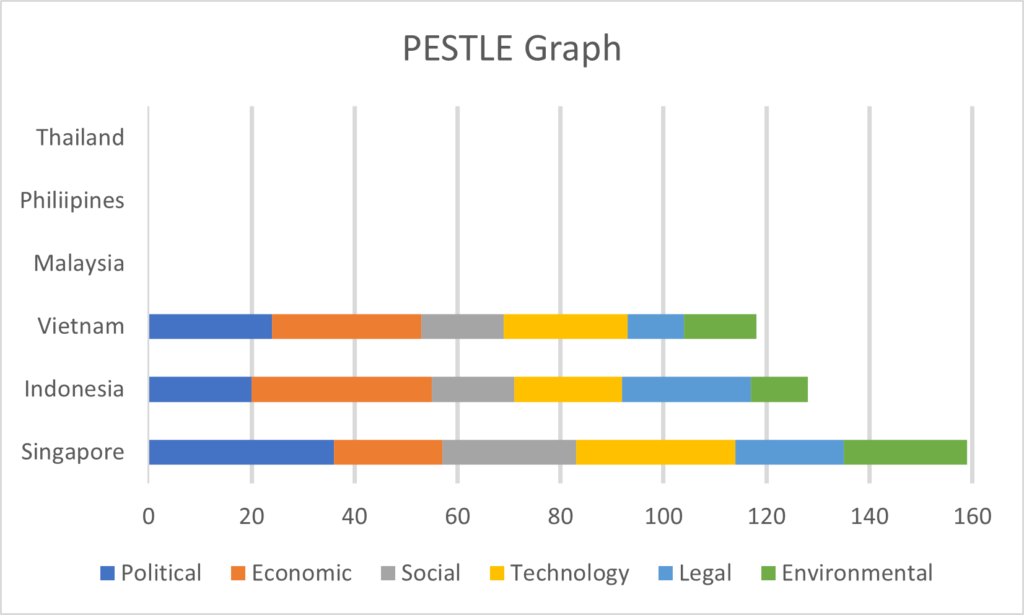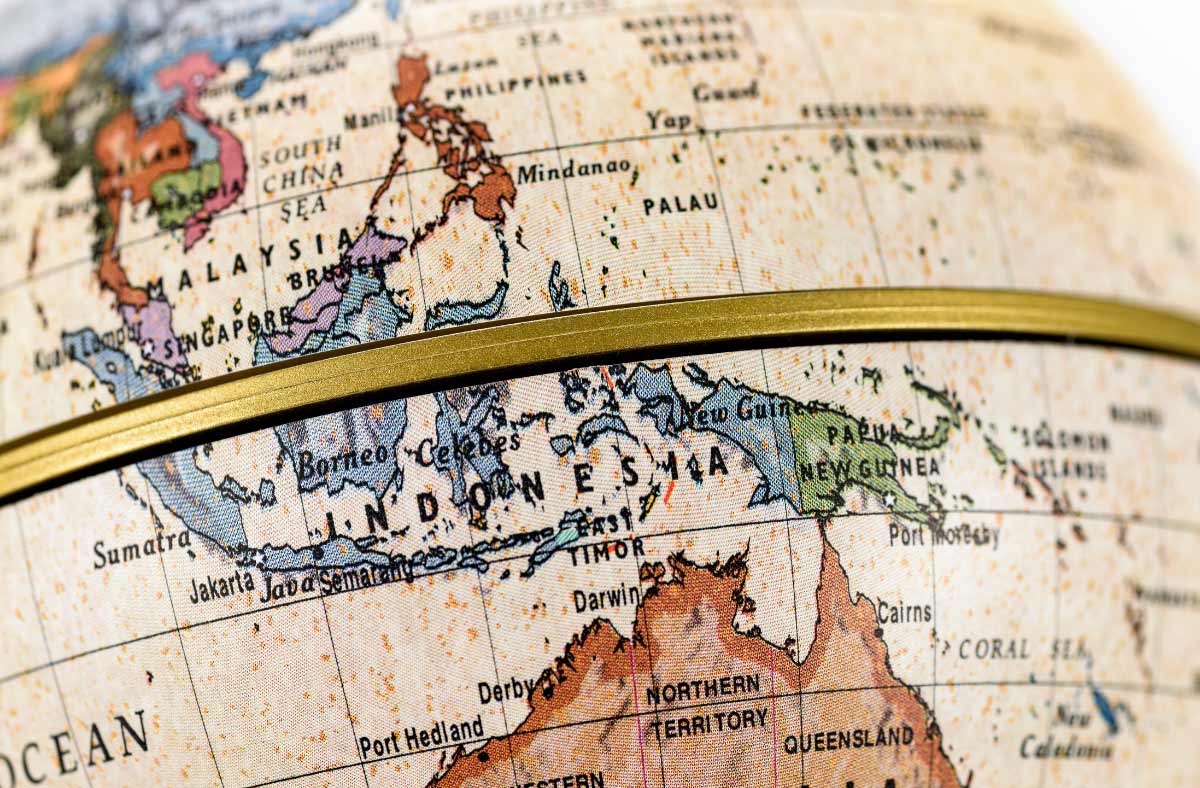The volume of world merchandise trade is expected to increase by 2.6% in 2024 and 3.3% in 2025 after falling 1.2% in 2023. However, regional conflicts, geopolitical tensions and economic uncertainty pose substantial downside risks to the forecast.
Politics drives economic policy and economic policy guides business decisions. Its critically important during geopolitical influenced economic uncertainties that we minimize assumptions and emotional biases to our products and companies and make data driven decisions and choices.
These decisions should be based on facts derived from keen research and analytics and a logical thought process. There is no shortcut, you need to do or contract-out the work.
Focusing on Southeast Asia markets
After living in Singapore and working throughout the Asia Pacific region for more than 20-years, I offer my opinion based on my experience and expertise to help companies navigate the inherent challenges and barriers and successfully compete and win in the fastest growing region on the planet.
In particular, the ASEAN, Indo-Pacific, or Southeast Asia region has emerged as the global growth engine of the next decade and beyond.
Companies worldwide should be pivoting to the region to take advantage of new and emerging growth opportunities.
Export is crucially important to any growth-minded company. It establishes the first step to entering a new market. As your business scales you can decide upon progressive steps like establishing a local sales office, bonded warehouse, or local manufacturing. In most cases exporting leads to foreign direct investment (FDI) in local manufacturing assets, either greenfield or acquisition.
Southeast Asia is not a homogenous marketplace. Each country is a different ecosystem, with its own vibe and set of preferences, values and norms. New entrants must be capable of understanding and embracing social and cultural diversity.
One-size-fits-all cookie-cutter strategies fail in Southeast Asia, – you need to tailor your approach to each unique market.
Don’t just adapt to Southeast Asia, become a part of it. Take the time to understand the culture, the history, and the emotions behind customer buying behaviors.
Getting started with market research
So where do you start? The first step is to identify, validate and quantify opportunities, and determine your company’s export readiness. The second step is to craft your market(s) entry or go-to-market strategy and business plan – think of strategy as your logic and compass, and your plan the roadmap or process.
The third step is to develop a distribution network capable of reaching your target customers. If you’re selling B2B2C you need channel partners. This article will delve into the first step of evaluating export markets for your business.
Finding the best sources of secondary research
Normally, when I approach a new research assignment, I purchase two industry reports. A typical and focused market survey or industry report will cost between $2,000.00 – $3,000.00 US.
Industry reports are a market assessment tool that provide a comprehensive examination of a particular industry in specific countries.
In my Indonesia example below (figure 1), the company wants to sell its fiber cement exterior finishing products. The total market volume for exterior finishing products is 79 million M2, fiber cement products represent 4% of the total market volume. The company’s addressable market in Indonesia is 3.16 million M2. I then convert volume into economic value, (volume x wholesale cost per M2.) Most reports will provide compounded and annual growth rates and trends.
Other valuable sources for secondary data are Export Development Canada (EDC), Asia Bank, IMF, government websites, Channel News Asia, and a few of my favorites that require a subscription are Nikkei Asia, Oxford Business Group, Focus Economics. I also use a segment specific project and leads directory when needed – as an example in the Asia Pacific construction segment I use BCI Asia. Secondary research data can cost between $8,000.00 – $10,000.00 US, depending on the scope of the research project.

Presuming we now have loads of secondary data, the data now needs to be translated into quantifiable, meaningful and useful information that can be shared and understood cross-functionally.
Analyze your data using the PESTLE model
One of the most useful analytical tools to evaluate markets is the PESTLE model, (Political, Economic, Social & Cultural, Technology, Legal, and Environmental factors.)
The PESTLE tool has evolved over the years, starting as a PEST analysis more than 20 years ago, then to the SLEPT analysis, and to what is used today the PESTLE analysis. An interesting and important addition is the Environmental factors.
The importance of Environmental factors and compliancy and how this can be leveraged or translated into differentiation and customer value should not be underestimated.
Southeast Asia customers make brand choices based on personal value perceptions and the environmental benefits and impact of your products. In addition to the PESTLE model, I use a weighted scorecard to visually organize and present my findings.
In my abbreviated example below (figure 2) I am only comparing three countries, all countries under consideration must be evaluated. Each main factor will have five to ten sub-factors. Each sub-factor is weighted on importance and given a score, the scores are tallied, then each main factor is calculated. In my example the total score for Singapore main factor political is 36.

We then create a graph chart (figure 3) to visualize our comparative and quantitative analysis. Every company’s analysis will differ due to different metrics or criteria. Each company will also have a threshold, in my example my minimum threshold value is 120, so Indonesia and Singapore would be selected as my target markets for further evaluation.

Further evaluation would come in the form of primary data collection, so get your passport ready, you need to travel to meet the potential customers you intend to sell to.
Get your passport ready for primary research
The best source for primary data collection is “voice of customers” (VOC), and I am a strong supporter of trade shows in the Southeast Asia region. However, trade shows are expensive, and the merit of a trade shows needs to be carefully considered.
In the post-Covid environment trade show costs have increased to pre-Covid levels. Trade show space and booth design cost will vary, I try to cap this cost at $15,000 US. You also need to consider travel expenses, and that cost could be $10,000 per week including airfare.
Considering this, we need to establish clear and attainable goals or outcomes to justify the expense. For me my goals are to:
- understand the market and customers and begin building relationships
- interview potential customers
- identify key competitors, and
- recruit distribution and channel partners.
I have learned from past experience to add a week post trade show to follow up with contacts and prospects gleaned from the event.
As an example, prior to Vietnam’s economic awakening, we identified Vietnam as a rising economy and attractive market. We attended a relevant trade show and then the following week was filled with business development activities, visiting potential distributors and customers, and we appointed two new distributors.
At this point we have conducted our initial PESTLE analysis through secondary data collection, participated in our first overseas trade show, visited potential customers and channel partners, and we can now amend our PESTLE analysis based on the more comprehensive information gleaned from our overseas trip. Next, we need to assess our capabilities and ensure we are correctly positioned and aligned to capitalize on the opportunities uncovered. Are we export ready?
Evaluating your export readiness
Being export ready is more than a mindset, it’s a commitment of resources and funding to support a successful export endeavor. The export ready self-evaluation process will help define your strategy and plans. FITT’s Feasibility of International Trade course provides thorough and contemporary training on how to assess organizational readiness. Typical questions
- Are you willing to invest in resources, people, time and capital without an immediate return on investment (ROI)?
- Will your pricing strategy enable you to compete profitably?
- Is product customization required to meet specific market or customer needs?
- Are your products compliant to relevant codes or standards?
- A new one for me recently, will your bar-codes scan in overseas markets?
- If exporting to a non-FTA country, what is the duty impact to market pricing and profitability for you and your partners?
- What are your trade terms and conditions, do you need credit insurance?
- Have you established clear, relevant, and attainable goals?
- Do you have senior leadership and cross-functional support?
- Do you have an international freight forwarder?
- Do you have experience with export documentation, do you understand incoterms?
Each company is unique and will have specific questions relevant to their business and chosen markets. Go beyond the superficial qualitative narrative and translate the data into actionable quantitative information.
The next step is to craft your market-entry strategy and business plan. Remember each market is unique, and the Southeast Asia marketplace is not just about products and price-points, it’s about people and relationships founded on symbiotic trust, confidence and collaborative partnerships.
I will share my thoughts on strategy and plans in my next article.
For more valuable tips and concepts follow me on FITT, LinkedIn, or my website.







disqus comments